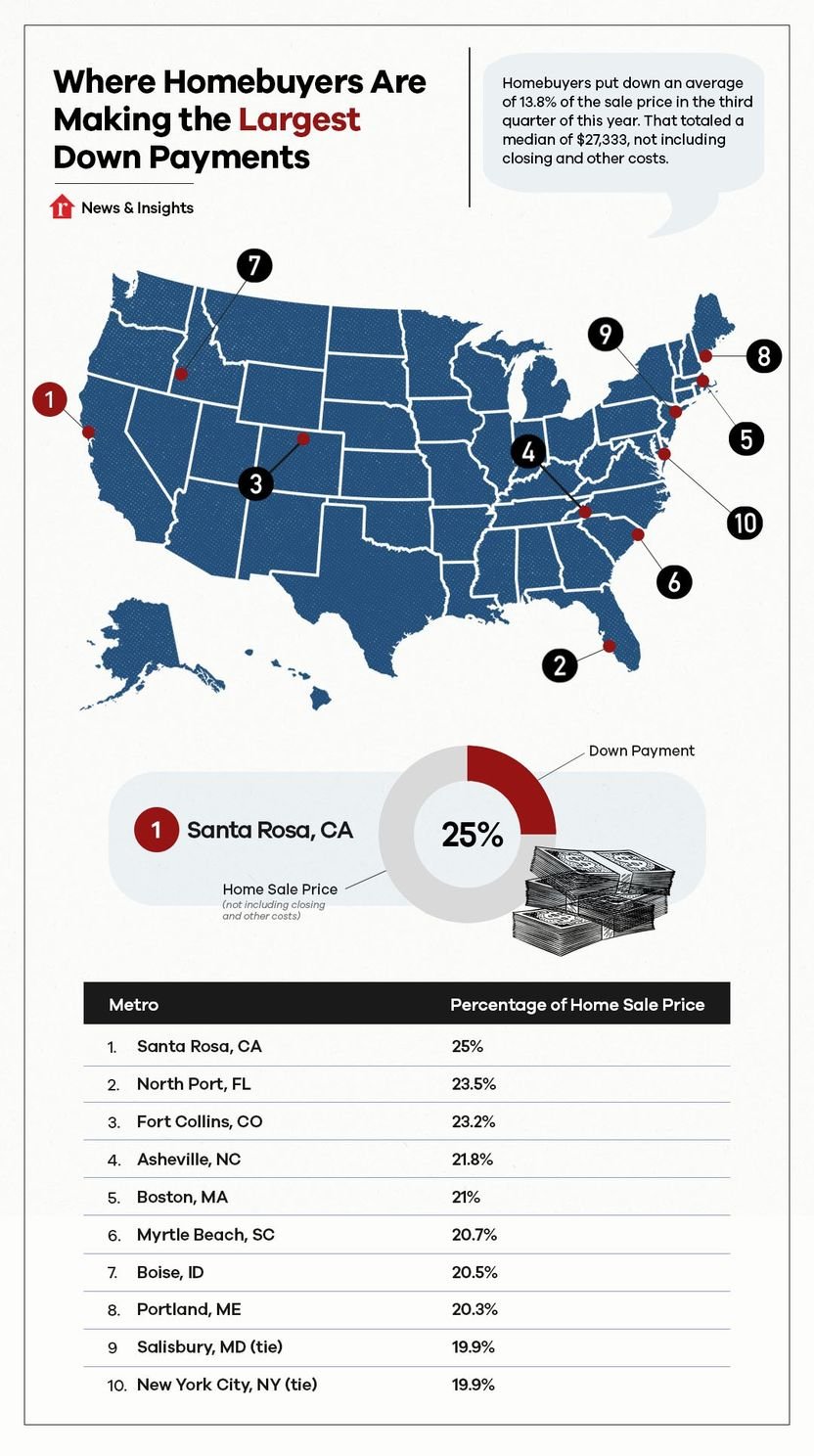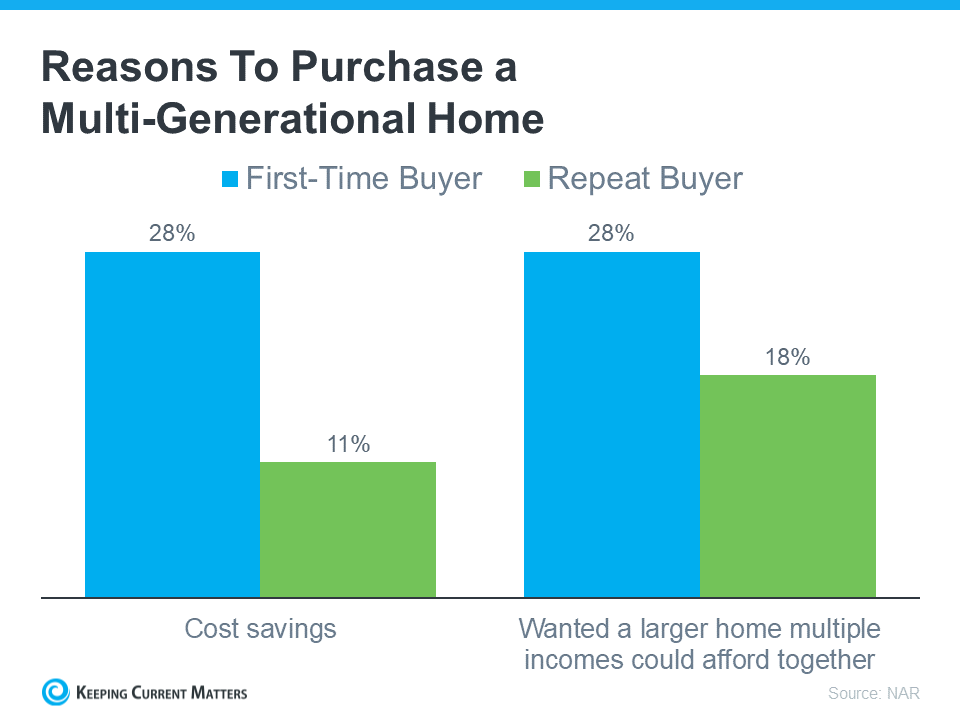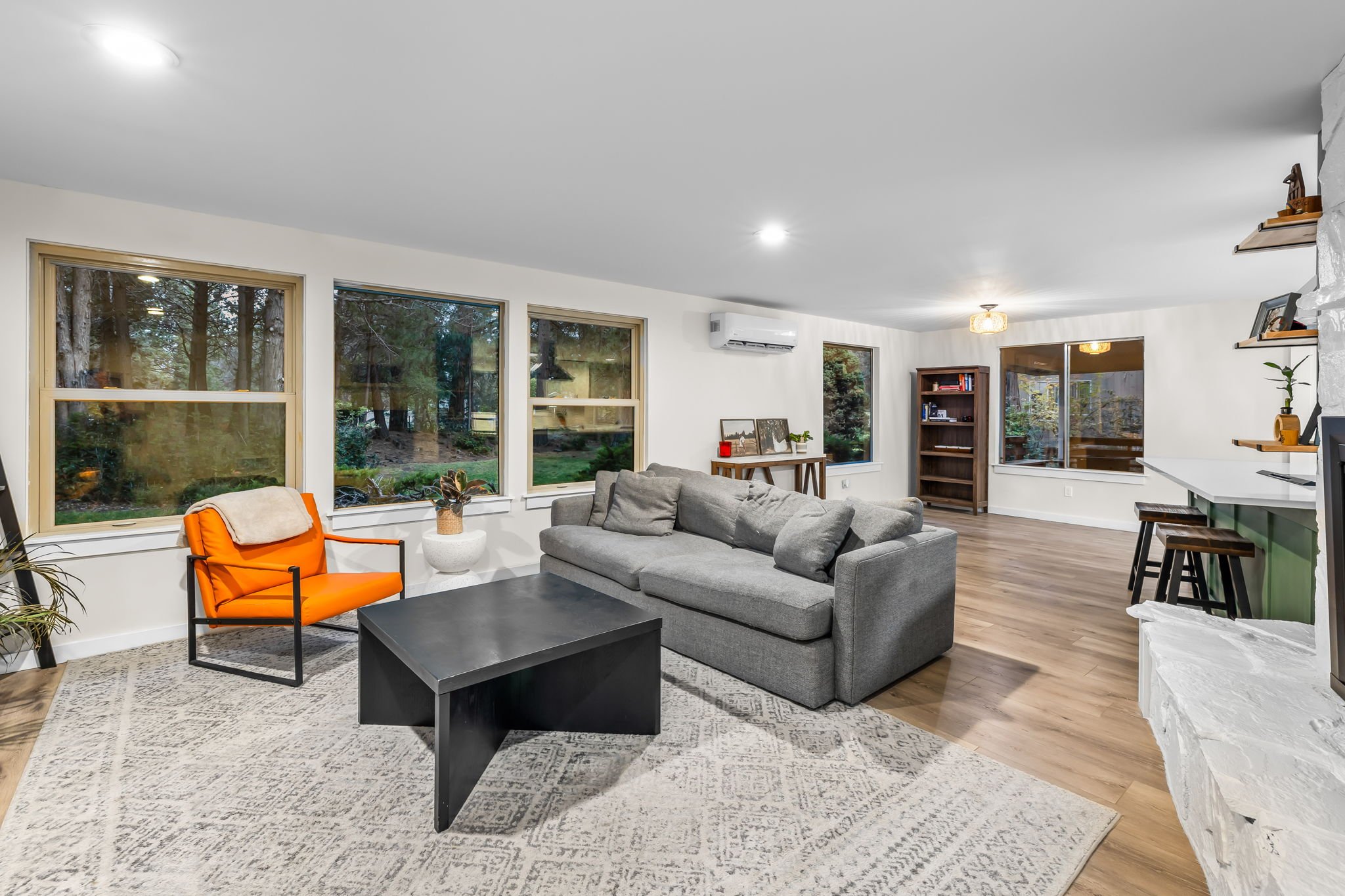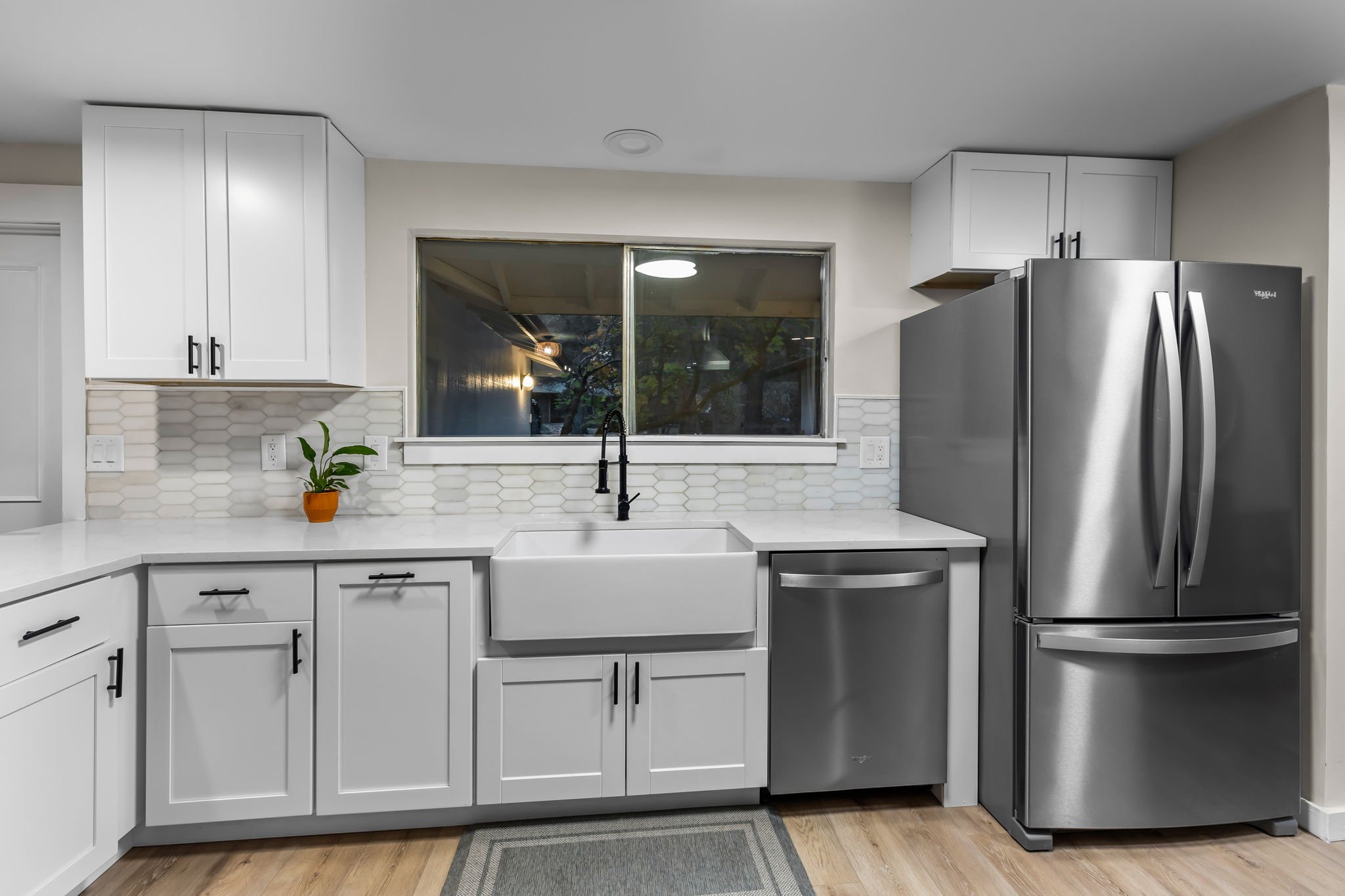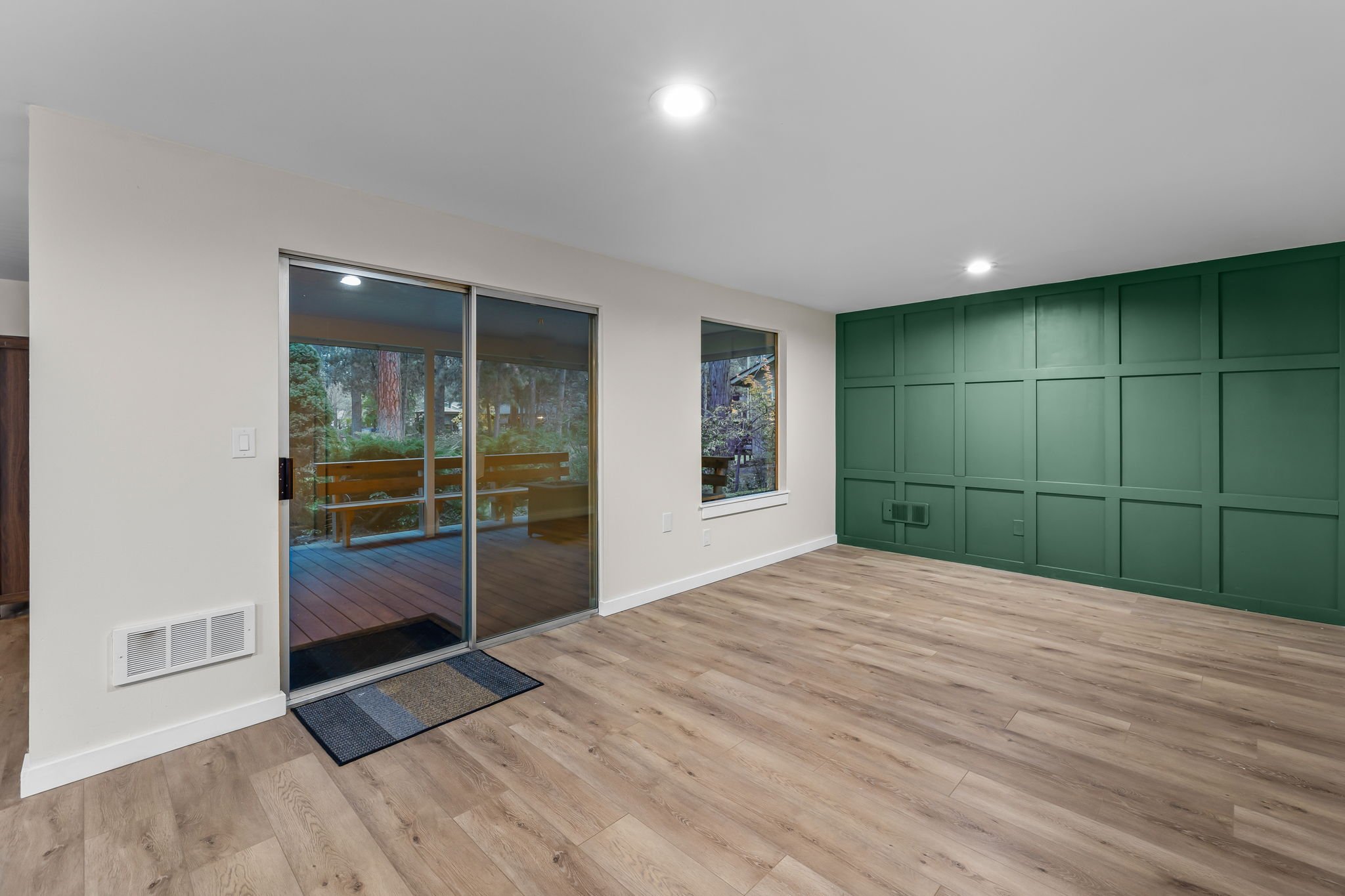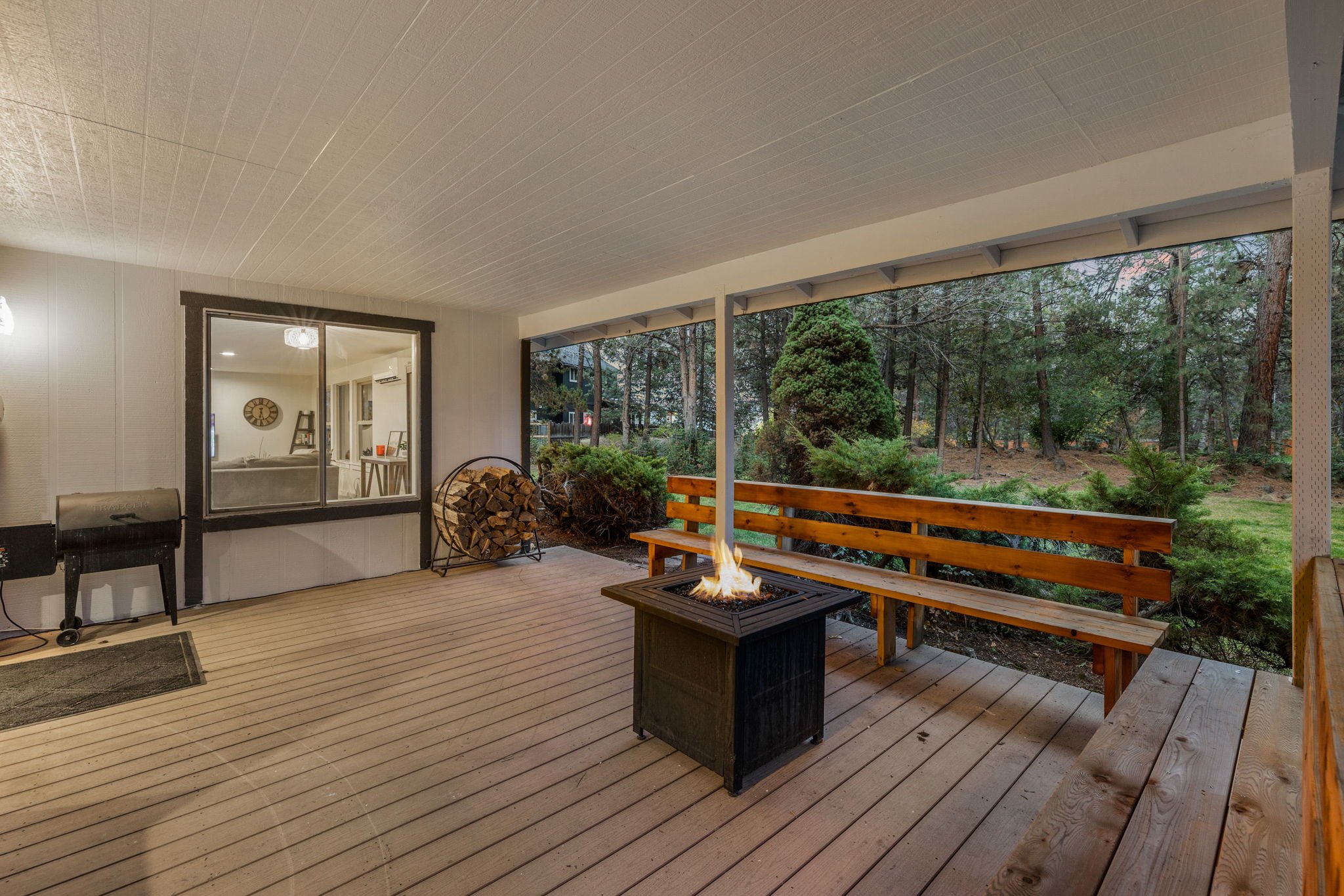Picture this: You were recently shopping around for mortgage rates — or you applied for a home loan online — and now your phone is figuratively ringing off the hook. The emails are flooding in, too, with lenders hounding you.
You just wanted to know how much your interest rate would be on that cute bungalow! But now you’re getting spammed. And even if you are a serious buyer and you applied for a mortgage, how did so many dang companies get your contact information?
One likely scenario: Your data was sold by a credit bureau, says Fred Winchar, co-founder and CEO of MaxCash, a financial broker that connects users with lenders.
When you apply for a loan with a mortgage company, the company pulls your credit record to determine your credit score, Winchar explains. The credit bureau now has the credit inquiry record, which they sell to other mortgage companies as leads.
“This lets the other mortgage companies know you are shopping for a mortgage, so they get in touch with you to attempt to make a sale,” Winchar says.
In case you were wondering, yep, credit bureaus can sell information about you to lenders and insurers, who can then send you unsolicited offers of credit or insurance through “prescreening offers.” You can opt out of these offers, though according to the Federal Trade Commission’s consumer advice. Here’s how to do so.
The other likely scenario? When you apply for a mortgage, your application gets logged in various databases or within networks that are affiliated with the initial company, explains financial planner Jeff Rose, CFP, and the founder of GoodFinancialCents.com.
“Some companies might also sell or share lead information with other lenders, especially if they can’t service your loan, leading to multiple companies reaching out to you,” he says.
In June, a California resident filed a class-action lawsuit against Rocket Mortgage LLC, alleging the company made unsolicited phone calls and sent text messages to those who are registered on the National Do Not Call Registry.
So, how do you shop for mortgage rates without getting inundated with unsolicited calls?
Consider using a separate email address and phone number (perhaps a Google Voice number) when shopping around to keep your primary contacts spam-free, Rose says.
You can also explore online platforms that aggregate mortgage rates from various lenders, he suggests, allowing you to compare without directly providing your information to a slew of companies.
To put a stop to the influx of calls and emails, consider registering your number with the National Do Not Call Registry, Rose suggests.
It’s free to register your home or cell phone number, and it should show up on the registry the next day, he says. However, it can take up to a month for sales calls to stop.
If you’re still getting a lot of unwanted calls, they might be from scammers, as the registry only stops sales calls from real companies, Rose explains. Charities, political groups, debt collectors, and survey takers can still reach you, too.
Another strategy is once you’ve identified potential mortgage deals and you’re ready to engage with lenders, reach out to them directly via their websites or phone numbers, suggests financial expert Young Pham, an editor with Biz Report.
The takeaway: If you’re hoping to shop around for a mortgage rate (and you should — you could save $84,000 over the life of your loan by doing comparisons, according to LendingTree), but you don’t want to be spammed with calls, consider opting out of prescreened offers and be sure you’re on the Do Not Call registry.
Learn more at Apartmenttherapy.com
Related Links
How Buying a Multi-Generational Home Helps with Affordability Today
Winning the Bid: The Cities Where Homebuyers Are Making the Largest—and Smallest—Down Payments
If there is a home that you would like more information about, if you are considering selling a property, or if you have questions about the housing market in your neighborhood, please reach out. We’re here to help.



